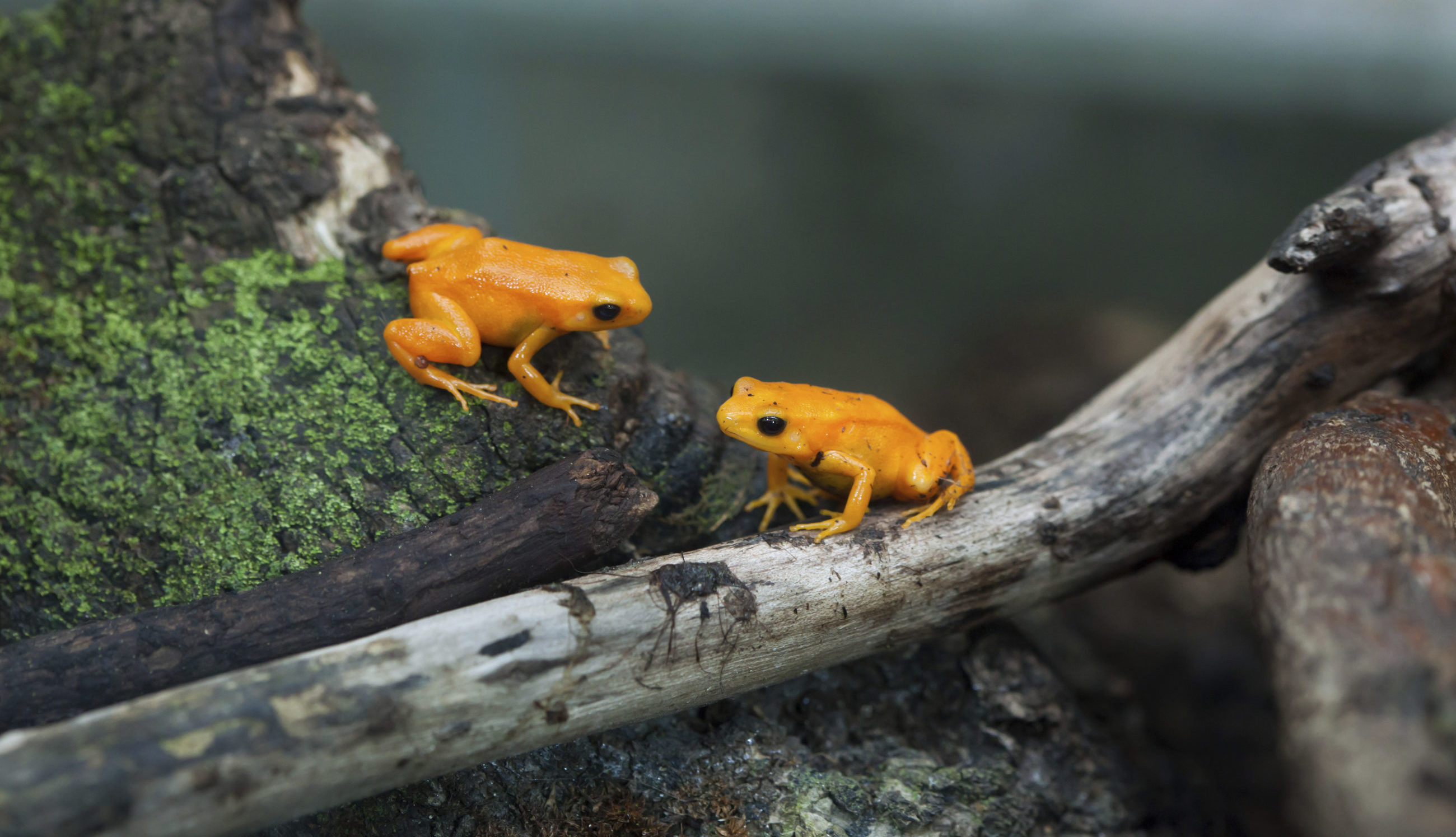Why Climate-Caused Extinction Is So Hard to Predict
To simulate the effects of future climate change — how glaciers may melt, how oceans may rise — scientists often rely on computer models. But a paper published this week in the journal Science suggests that when it comes to living things, models are often unrealistic and unreliable.

Analyzing 131 previous studies that used computer models to evaluate the risks of extinction for numerous species, the authors of the new paper found that most failed to take basic ecological mechanisms into account — relying instead on correlations between temperatures and the range of environments inhabited by the species.
The problem is lack of scientific knowledge about most organisms, said the paper’s lead author, Mark Urban, a professor of ecology at the University of Connecticut.
“Things that exist in our backyard, we think, ‘Well, surely there are scientists out there that have studied these things to death and know all of these important facts about them,’” he said. “And then when you are actually forced to go and find that information, you find that there are really important gaps.”
Every species will react to climate change differently. But Urban said computer models treat dissimilar organisms — like birds, mammals, and lizards — as if they were similar. To help researchers understand the differences, he and his colleagues outlined what most current models are missing.
They looked at six broad ecological mechanisms: a species’ demography, its physiology, how it interacts with other organisms, its potential to evolve, how it responds to environmental variation, and how it disperses (moves to and colonizes new areas).
Of the 131 papers on extinction risks for multiple species — studies Urban had previously analyzed for a 2015 review paper — the new study found that only 23 percent took at least one of these mechanisms into account in predicting whether a species would go extinct.
Steve Beissinger, a professor of conservation biology at the University of California, Berkeley, agreed that most climate models don’t focus on mechanisms like species interactions or physiology, though he has seen a few models that do — particularly for ectotherms, cold-blooded animals like lizards — whose physiology is so closely tied to temperature that their reaction to a warming climate is easier to predict. Mammals and birds are much more challenging.
“There are just a lot of potential factors that a changing climate can interact with, and it makes it a challenge to dissect,” he said.
Untangling those factors would seem to be the major issue for creating better models. Urban said evolution was especially difficult to study, given its slow pace. His team did include suggestions for studying each of the six mechanisms. They added that while it is probably impossible to gain knowledge of every mechanism for every species, better models are needed.
“Given the simplicity of most current approaches,” they wrote, “even minimally more realistic models might improve projections until more complicated models can be developed.”










Comments are automatically closed one year after article publication. Archived comments are below.
Climate change is caused by man; behavior of species is basic to know, but example, if you have a vaquita in danger of extinction, and do not allow water from the river to the sea (necessary for the life of the vaquita marina ecosystem) arrives: http://www.nationalgeographic.es/noticias/vaquita-marina-extincion-noticia-utm-source-yhoo-utm-medium-partner-utm-campaign-yhoo